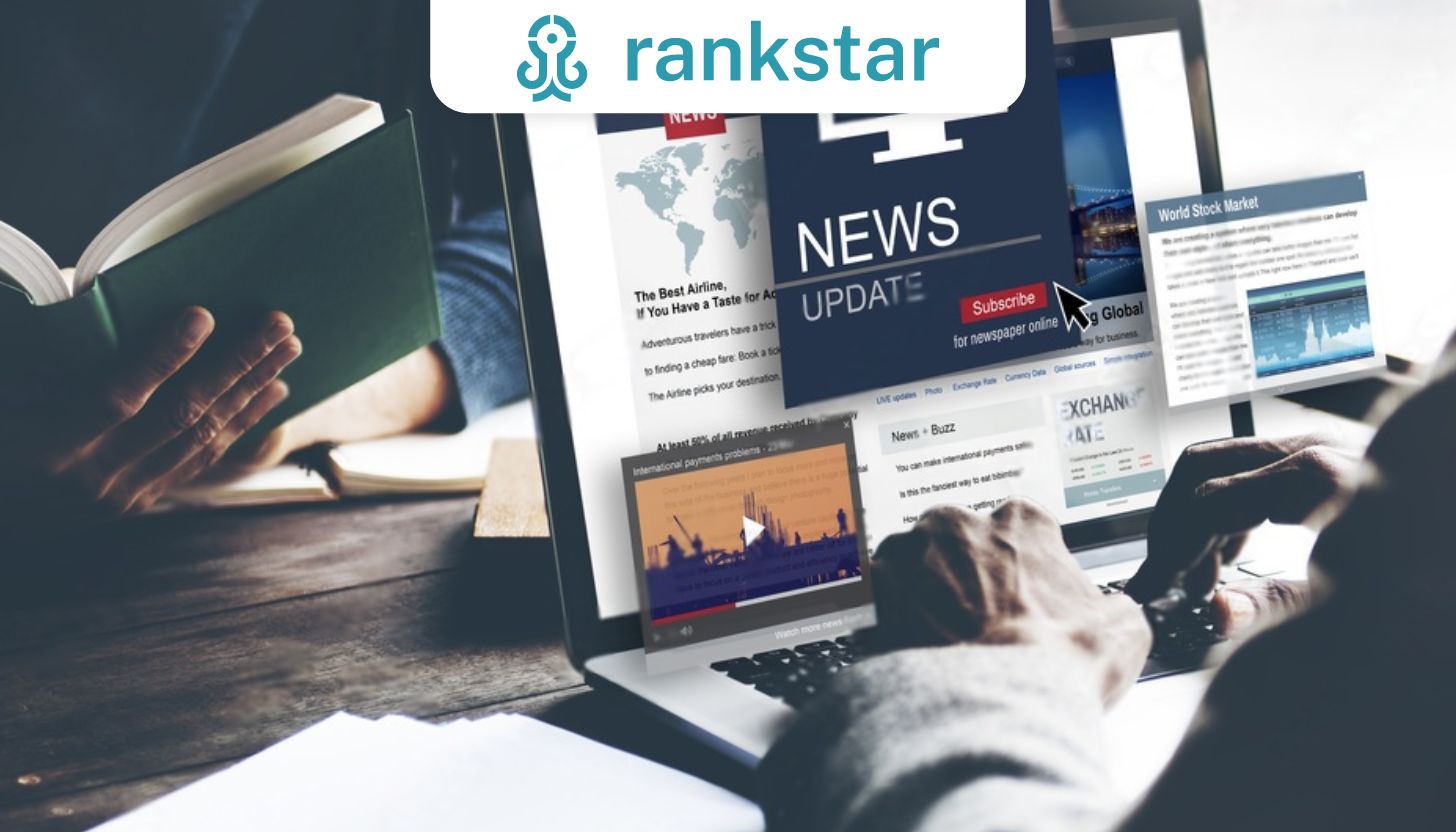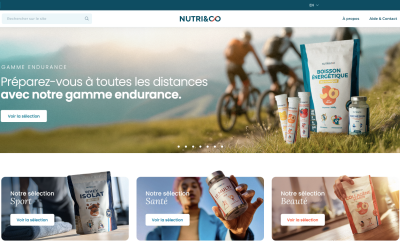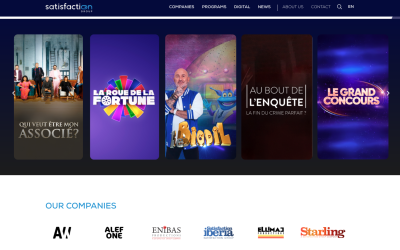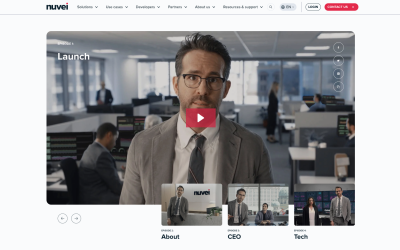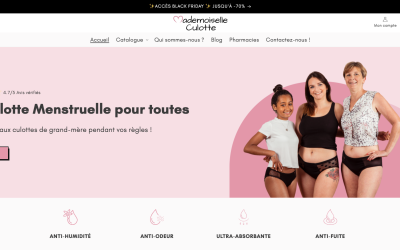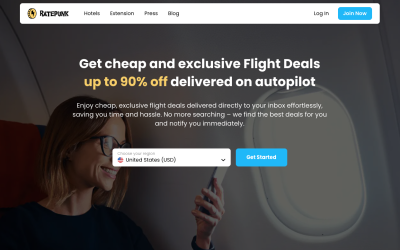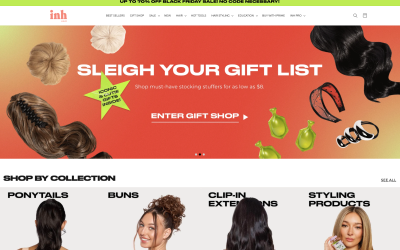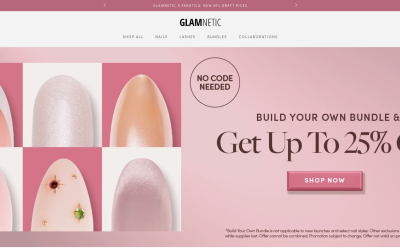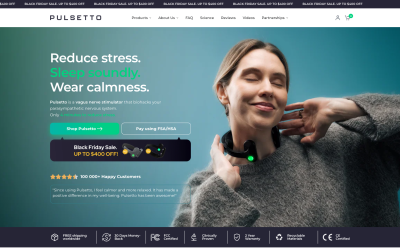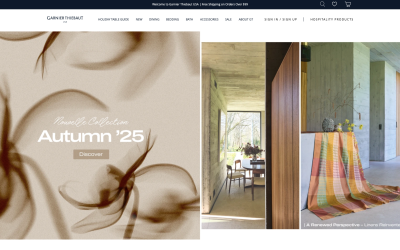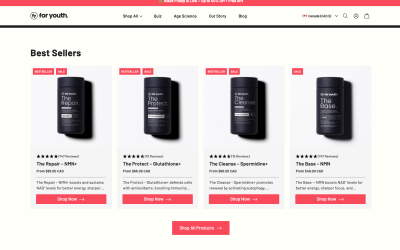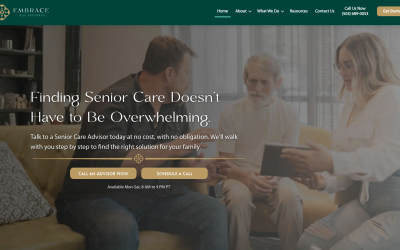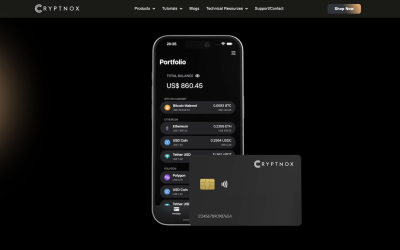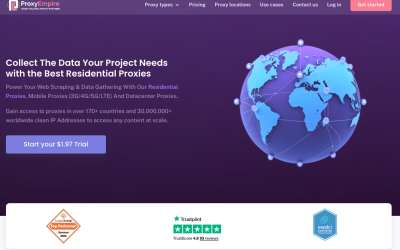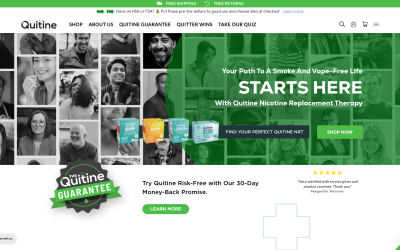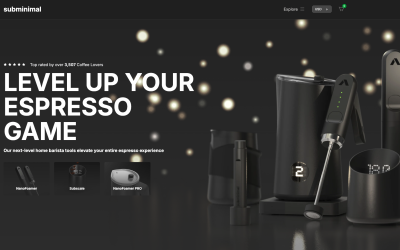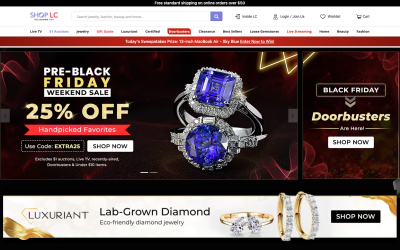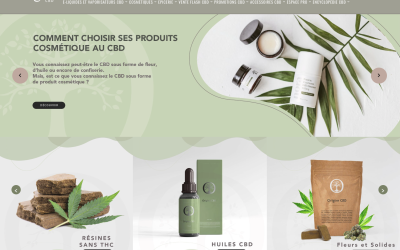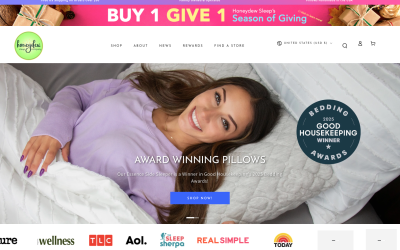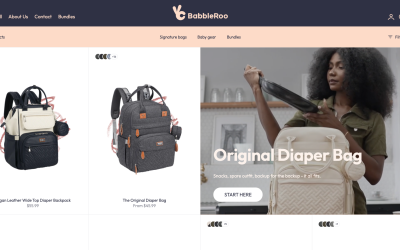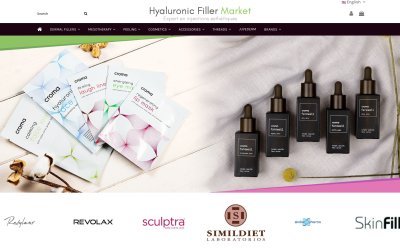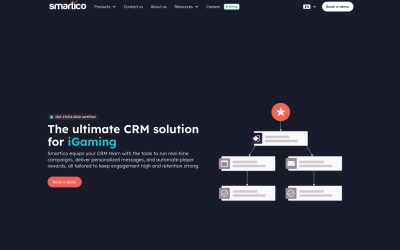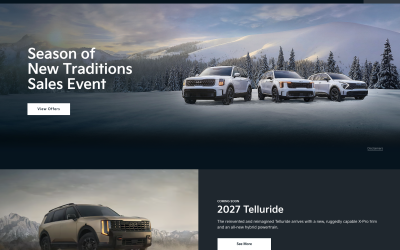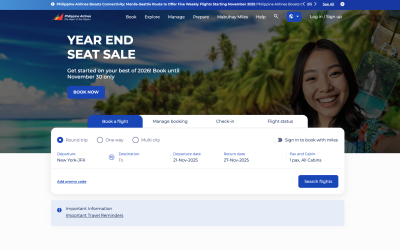Imagine the digital landscape as a bustling metropolis, where every billboard, news article, and broadcast echoes the presence of countless brands vying for attention. In this crowded space, you’ve realized that traditional SEO tactics are only part of the equation.
It’s time to turn your gaze to the strategic role of media coverage SEO—a nuanced tool that could significantly amplify your online visibility. As you navigate the intricate web of crafting newsworthy content and fostering relationships with journalists, you’ll find that the right media placement not only enhances your SEO but can also cement your authority in the industry.
But how exactly does media coverage intertwine with search engine algorithms, and what are the potential risks and rewards? Stay tuned to unravel the subtleties of leveraging media coverage in your SEO strategy, ensuring you’re not just another face in the digital crowd.
Key Takeaways
- Media coverage can have a significant impact on search engine rankings.
- Building high-quality backlinks from reputable news sources can boost credibility and domain authority.
- Crafting newsworthy content that aligns with trending topics can attract media attention and enhance brand relevance.
- Building relationships with journalists and influencers can lead to valuable media placements and media coverage SEO benefits.
Ready to Transform Your SEO Strategy?
Embark on a journey of digital growth and embrace the power of Rankstar’s SEO expertise. Get in touch with us now to discuss your SEO needs and discover how we can help you achieve and exceed your marketing objectives.
With Rankstar on your side, the possibilities are limitless. Together, let’s turn your vision into reality and claim your rightful place at the forefront of the digital world. It’s your time to shine with Rankstar’s unparalleled SEO services.
Let’s Talk SEO – Transform Your Presence Today!
Our SEO services also include:
- SEO Audit
- Professional SEO Services
- Link Building
- SEO Web Development & Design
- Online Reputation Management
- Autosuggest Creation
- Autosuggest Removal
- Google Penalty Recovery Services
- Conversion-Rate Optimization
- Topical Map Services
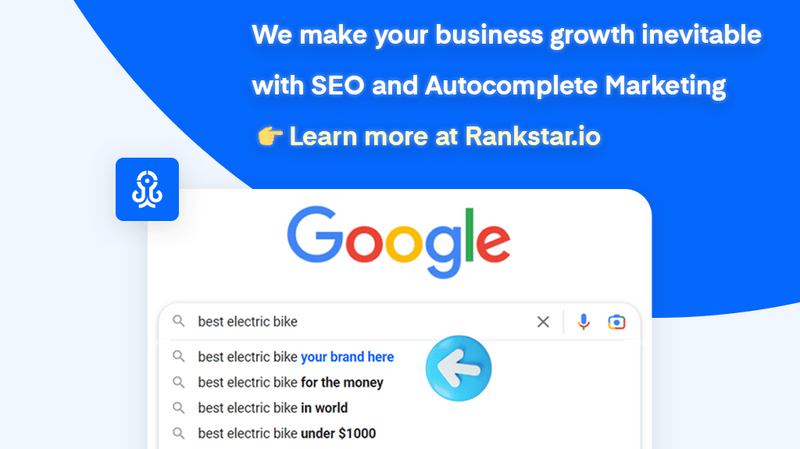
The Fundamentals of Media Coverage SEO
Understanding the fundamentals of Media Coverage SEO is crucial for strategically boosting your brand’s visibility and authority through data-driven tactics. You must recognize that media coverage can significantly impact your search engine rankings. This is because high-authority publications that mention your brand can pass on link equity and bolster your domain authority.
When you analyze your media coverage SEO approach, start with your target keywords. These should align with both your brand’s offerings and the topics that top-tier publications are likely to cover. Your goal is to seamlessly integrate these keywords into pitches for journalists and content creators. Remember, it’s not just about getting mentioned; it’s about getting mentioned in a context that’s optimized for search.
Moreover, don’t underestimate the power of backlinks from reputable news sources. They act as endorsements for your site, telling search engines that your content is credible. But you’ll need more than just any backlinks; they must be of high quality and relevance. Secure these by providing newsworthy and valuable content that serves the publication’s audience as much as it serves your media coverage SEO objectives.
Crafting Newsworthy Content for Media Attention
Having established the importance of keyword alignment and high-quality backlinks in media coverage SEO, let’s now focus on how to craft content that captures the attention of the media and resonates with their audiences. You need to analyze current trends and data to identify what’s newsworthy, ensuring your content addresses a timely topic or provides a unique angle that journalists will find compelling.
Crafting content with media appeal requires strategic planning. You should conduct thorough research to understand the media landscape and identify gaps your content can fill. Use tools to track trending topics, and align your content with these trends while maintaining relevance to your brand. Here’s a quick guide to help you focus your efforts:
| Focus Area | Key Consideration |
|---|---|
| Relevance | Align with current events and audience interests. |
| Innovation | Offer a fresh perspective or insightful data. |
| Data Integration | Support claims with credible statistics and research. |
Building Relationships with Journalists and Influencers
Building strong relationships with journalists and influencers is crucial, as it can significantly amplify your content’s reach and credibility. In the data-driven landscape of SEO, every interaction with media professionals can be a strategic move towards greater visibility.
When you’re engaging with journalists and influencers, consider these analytical strategies:
- Identify key players: Use media database tools to find journalists and influencers who cover your industry. Analyze their content to understand their interests and the audience they cater to.
- Tailor your pitch: Data shows personalized communication vastly outperforms generic outreach. Craft your pitches based on the journalist’s past articles and the influencer’s content style.
- Offer exclusive insights: Journalists and influencers seek fresh, compelling stories. Provide them with unique data or expert commentary that they can’t find elsewhere.
- Monitor engagement: Track how journalists and influencers interact with your pitches. Use this data to refine your approach and build more targeted media lists.
- Nurture the relationship: Don’t just reach out when you need something. Share their content, offer feedback, and engage in conversations to maintain a mutually beneficial relationship.
Media Placement and its SEO Benefits
Strategically placing your media content can lead to significant media coverage SEO benefits by increasing your brand’s visibility and authority in search engine results. By securing media placements on high-authority sites, you’re not just reaching a wider audience but also signaling to search engines that your content is credible and valuable.
When a reputed publication links to your site, it acts as a vote of confidence, enhancing your domain’s trustworthiness. This is crucial because search engines use complex algorithms to rank pages, and one key metric is the quality and relevance of inbound links. High-quality backlinks from authoritative media outlets can boost your search rankings more effectively than numerous links from lesser-known sites.
Moreover, media placements often result in increased referral traffic. Analyze your website’s analytics to track the surge in visitors following a media mention. This data not only shows the direct impact of media coverage on traffic but also helps refine your future SEO strategies. You’ll identify which media sources are most beneficial for your media coverage SEO objectives, allowing you to target your outreach more effectively.
Tracking and Measuring the Impact of Media Coverage on SEO
Understanding the SEO benefits of media placements is essential. It’s important to track and measure the impact these placements have on your website’s search engine performance. This will help inform future strategies. By assessing the effectiveness of media coverage, you can refine your approach, allocate resources more efficiently, and drive better results.
To conduct a thorough analysis, consider the following metrics:
- Referral Traffic: Monitor the amount of traffic that arrives at your site from media outlets. A spike in visits post-coverage indicates interest and visibility.
- Backlink Quality: Evaluate the authority of sites linking back to yours. High-quality backlinks boost your domain’s credibility.
- Keyword Rankings: Notice changes in your keyword positions. Improved rankings can often be attributed to effective media coverage.
- Brand Mentions: Track the frequency and context of your brand being mentioned online. Increased mentions can correlate with greater brand visibility.
- Conversion Rates: Analyze whether traffic from media placements leads to desired actions, such as sales or sign-ups, which directly affect your bottom line.
Leverage analytics tools to capture this data. This strategic approach ensures that media coverage doesn’t just feel successful—it’s quantifiably beneficial. By consistently measuring these impacts, you’ll hone your media coverage SEO tactics to better harness the power of media coverage.
Mitigating Risks and Maximizing Opportunities
To mitigate risks and maximize opportunities in media coverage SEO, it’s crucial to identify potential challenges and proactively develop strategies that leverage data-driven insights. You need to analyze the competitive landscape, understand the nuances of search engine algorithms, and keep abreast of industry trends. Crafting a comprehensive risk mitigation plan involves scenario planning and forecasting potential outcomes based on historical data and current market conditions.
Here’s a strategic table to guide your efforts:
| Risk Factor | Mitigation Strategy |
|---|---|
| Negative coverage | Proactive reputation management |
| Algorithm changes | Continuous SEO education and agility |
| Over-reliance on one channel | Diversify media outreach and content platforms |
Integrating Media Coverage into an Overall SEO Strategy
Incorporating media coverage into your SEO strategy requires a precise alignment of your brand’s narrative with the interests of your target audience, ensuring that each piece of coverage serves as a building block for your online presence.
To effectively integrate media coverage, you need to be strategic and data-driven. Here’s how:
- Analyze Backlink Quality: Scrutinize the authority and relevance of media outlets linking to you, aiming for high-quality backlinks that boost your domain’s credibility.
- Leverage Social Signals: Amplify your media mentions on social platforms to increase visibility and drive traffic, which indirectly influences search rankings.
- Optimize for Keywords: Ensure media coverage includes keywords aligned with your SEO goals to reinforce your content’s thematic relevance.
- Monitor Brand Mentions: Use tools to track mentions and sentiment, gauging the impact of media coverage on your brand perception and authority.
- Integrate Content Efforts: Align media coverage with your content calendar, using it to fill gaps and strengthen your overall content strategy.
Frequently Asked Questions
How Does Media Coverage SEO Differ for Local Businesses Versus International Brands?
Media coverage SEO for local businesses targets regional outlets and keywords, while international brands focus on broader visibility and diverse language optimization to cater to a global audience. You’ll need tailored strategies for each.
Can Media Coverage SEO Strategies Be Effectively Applied to Non-English Content and Foreign Markets?
Certainly, you can apply media coverage SEO strategies to non-English content and foreign markets by analyzing regional search trends and tailoring your approach to local language and cultural nuances for optimal results.
What Role Does User-Generated Content Play in Media Coverage Seo?
User-generated content boosts your website’s media coverage SEO by driving engagement and increasing dwell time, which signals search engines that your content is valuable and should rank higher in search results.
How Do Media Coverage SEO Efforts Correlate With Pay-Per-Click (Ppc) Advertising Strategies?
Your media coverage SEO efforts can complement PPC by increasing organic visibility and credibility, which often leads to lower click costs and improved ad performance due to enhanced trust in your brand.
Are There Any Legal Considerations to Be Aware of When Pursuing Media Coverage for SEO Purposes?
You must consider copyright laws, defamation risks, and disclosure requirements when leveraging media coverage for SEO to avoid legal pitfalls and maintain a strategic, data-driven approach to your online presence.
Conclusion
To elevate your SEO, it’s crucial to leverage media coverage strategically. By crafting compelling content, nurturing journalist relationships, and securing media placements, you can significantly boost your visibility.
Always track your media impact, using analytics to refine tactics. Mitigate risks by staying informed and adaptable.
Integrate media coverage with your broader SEO strategy for a cohesive approach. Done right, this can be a game-changer for your digital presence.
